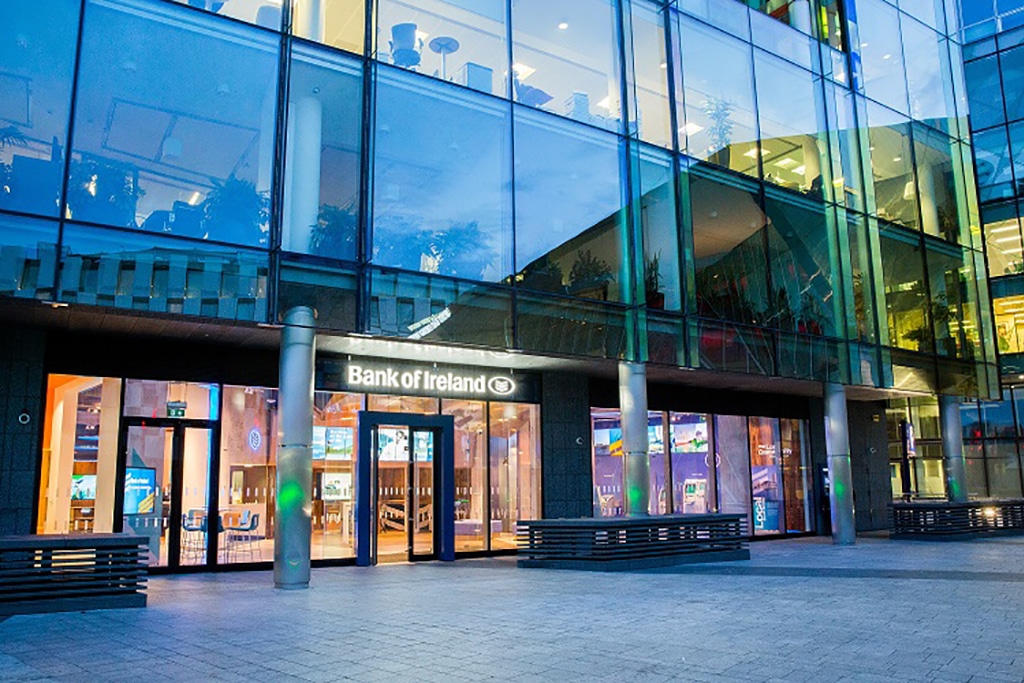Technology has been able to penetrate pretty much every industry in the global economy. The optimization and streamlining feature that the concept has can’t possibly be overstated, and while incumbent traditional organizations still control a large portion of the market share, there is a continued threat of newer firms coming over and posing a lasting challenge.
One of the most important sectors of the global economy is the financial sector. As many have stated, the financial sector controls other sectors of economies, since people are unable to work or be productive without capital. This is especially why the entrance of technology into this sector has been nothing short of amazing.
The companies heralding this entrance are what we can “FinTechs” and “neobanks.” Essentially, these companies provide an amalgamation of technology and financial spaces, thus bringing the benefit of scalability and 21st-century innovation to an industry that has been available for over a millennium.
Quickly, we take a look at these new millennium companies and how they are revolutionizing the finance space and causing a headache to some of the most popular traditional banks in the world.
Big Data Application and Effective Risk Assessment
With FinTechs and neobanks, all the personal records are usually stored in gadget storage. This, in 21st-century parlance, is what is known as Big Data. However, instead of just showing that companies have customers, Big Data can also reveal the behavioral standards of both prospective and current customers.
In addition to that, these firms employ Artificial Intelligence and Machine Learning algorithms to build strategies that are more personalized, deliver on the proper client experience, and reduce the risk of transactions falling into the wrong hands.
FinTechs and neobanks also use advanced technologies to detect possible fraudulent transactions, thanks to their ability to identify activities that aren’t consistent with the behavioral patterns of customers.
Currently, several FinTechs have begun to experiment with the use of Big Data for compliance purposes. Their tools and solutions continue to expand, and thanks to their flexibility of operations, they are able to deploy these technological solutions better than traditional banks.
Improved Security and Enhanced Customer Experience
Another important impact that FinTechs and neobanks have had is the improvement in data protection and customer experience.
In more ways than one, the fact that these new organizations are small means that they have the freedom to relate with customers in a positive and progressive manner. Also, their constituency of millennials and “Gen Zers” means that they can relate much better with customers of today.
As a matter of fact, traditional banks have so far suffered the impact of being “overly formal.” Relations become frayed, and requests from customers could also take some time.
In a world where customer success is so important, FinTechs are holding the market.
Also, FinTechs operate basically on mobile applications for their financial and banking operations. Thanks to this, they are able to mitigate the risks of unauthorized access to financial records and accounts.
Thanks to bet tree cybersecurity standards and an increased level of customer experience, FinTechs and neobanks have built their infrastructure and services to keep pace with the demands of the 21st century.
Cloud services mean that these banks can manage data more effectively, and firewalls help with detecting incoming attacks from cyber criminals and other nefarious parties. While traditional banks might still have comparatively large customer bases, the emergence of these digital banking institutions is undeniable.
Personalized Service Delivery
As stated earlier, the demand for personalized financial services is something that all banking institutions have to contend with. Traditional banks currently hold a lot of customers, and due to the complex organizational structures that they have, responding to customers and their requests is a bit of a problem.
So, how do FinTechs and neobanks work around this problem?
When clients and customers make demands to banks, communication is expected to be as convenient as possible. In addition to that, assistance should be instant and relevant to a particular situation.
To meet these requirements, FinTechs and neobanks deploy several means; help centers, messengers, and even chatbots on their online platforms. The omnichannel approach also makes it easy to promote various updates, features, and products that they develop.
In addition, these organizations also make use of co-browsing features, which allow support staff to provide solutions like they’re sitting right next to the customers. For procedures such as opening accounts, formalizing loans. And arranging insurance, this approach makes a great deal of difference.
Digitizing and Streamlining Transactions
The next significant advantage that FinTechs and neobanks have over their traditional banking counterparts is the level of progress that they have made with transaction processing.
We live in a world where transactions are now accessible round the clock, but this hasn’t really stopped quite a number of people from conducting their transactions via the traditional means.
However, innovations in digital transactions are also being developed by FinTechs and neobanks that can attract even the most conservative customers.
The first of these trends is omnichannel banking, which makes it possible for customers to access their banking services via several platforms; social media, dedicated apps, and the Internet. Apart from that, several other progressive steps include higher levels of transactional transparency, reduces transaction fees, and a reduced risk of making transactional errors.
FinTechs and neobanks are also more prone to adopting the most innovative technologies, such as cloud computing, machine learning, and blockchain technology. The latter has been particularly helpful, as it helps these companies to improve on their service delivery by a significant degree. By the time traditional banks begin to adopt most of these, FinTechs and neobanks will have mastered their use.
Disclaimer: Coinspeaker is committed to providing unbiased and transparent reporting. This article aims to deliver accurate and timely information but should not be taken as financial or investment advice. Since market conditions can change rapidly, we encourage you to verify information on your own and consult with a professional before making any decisions based on this content.

Anti Danilevski, founder & CEO at Kick Ecosystem. Crowdfunding & Blockchain evangelist since 2009.





